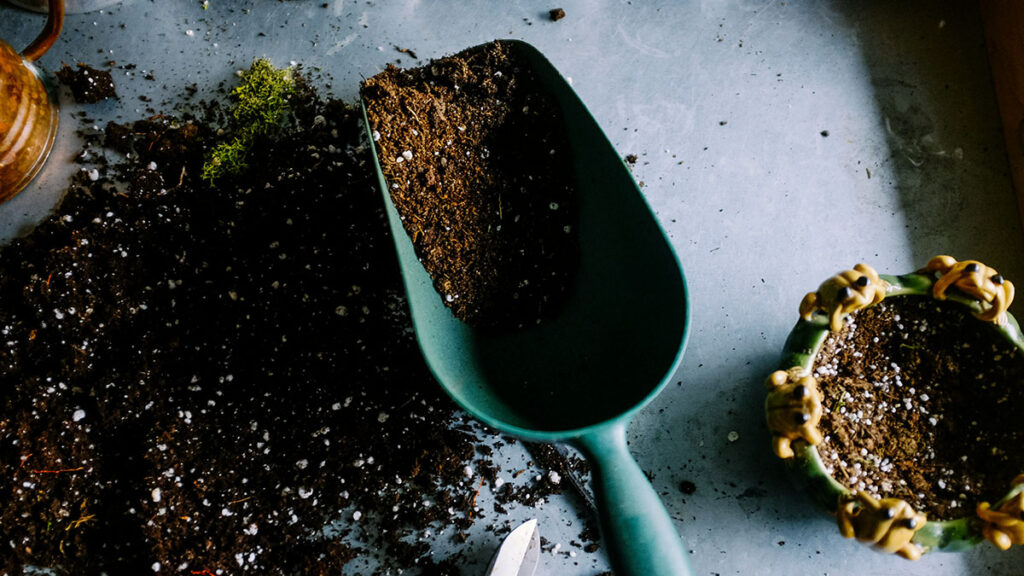Essential Garden Maintenance
Maintaining a healthy and thriving garden requires consistent effort and attention. Focus on crucial areas such as late summer care, pruning, and awareness of pests to keep your plants flourishing.
Late Summer Care
Late summer is a critical time for garden upkeep. Small efforts during this period can yield significant rewards. Focus on tending to watering needs, diligent weeding, and pest vigilance. Implementing these practices will ensure your garden remains a vibrant oasis. For guidance on creating a consistent routine, refer to our article on how to maintain a garden.
| Maintenance Task | Frequency |
|---|---|
| Watering | 1-2 times per week, adjust based on rainfall |
| Weeding | Weekly |
| Pest Inspection | Bi-weekly |
Pruning Tips
Pruning in late summer is essential, especially for perennial plants that have finished blooming. Removing faded flowers and deadheading encourages new growth and extends the blooming season. It also helps maintain the desired shape and size of plants. Promptly removing diseased or damaged branches can prevent the spread of infections.
Here are some simple tips for effective pruning:
- Use sharp tools: Ensure your pruners are clean and sharp for clean cuts.
- Cut at the right angle: Make cuts at a 45-degree angle to encourage quicker healing.
- Remove dead or diseased branches: This helps to maintain plant health.
Pest Awareness
Late summer is prime time for garden pests to feast on your plants, making it important to monitor for signs of insect infestations. Start with the least aggressive removal methods before resorting to chemical solutions. Regularly inspecting your garden can help you catch potential issues early and prevent major damage (Holden Forests & Gardens, The Spruce).
Common pests to look out for include:
- Aphids
- Cabbage worms
- Spider mites
- Tomato hornworms
In addition, watch for diseases like powdery mildew and leaf spot which can also impact your plants. Implementing good hygiene practices in your garden, combined with careful monitoring, will significantly help in controlling garden pests naturally.
Keeping these maintenance tips in mind will assist you in nurturing your garden throughout the late summer months, ensuring your hard work pays off in vibrant blooms and healthy plants.
Watering Practices
Proper watering is crucial for maintaining a healthy garden. By understanding the right schedule and techniques, you can ensure your plants thrive throughout the growing season.
Proper Watering Schedule
Establishing a consistent watering schedule is essential for your garden’s health. A standard guideline is to aim for about one inch of water per week during dry spells. This typically takes around 90 minutes with a sprinkler to achieve.
| Day of the Week | Recommended Action |
|---|---|
| Monday | Check soil moisture |
| Tuesday | Water if soil is dry |
| Wednesday | Reassess moisture levels |
| Thursday | Water if needed |
| Friday | Fertilize if appropriate |
| Saturday | Water if soil is dry |
| Sunday | Rest day for plants |
Adjust your schedule based on weather conditions. Watering in the early morning or late evening minimizes water loss due to evaporation, ensuring that your plants soak up the moisture they need (Holden Forests & Gardens).
Deep Watering Techniques
Deep watering is more effective than frequent light watering, especially in late summer. This technique encourages your plants’ roots to grow deeper, resulting in a healthier garden in the long run. When watering, aim to soak the soil to a depth of 5 to 6 inches to encourage robust root systems (HGTV).
Here are some effective deep watering techniques to consider:
- Soaker Hoses and Drip Irrigation: Utilize soaker hoses or drip irrigation systems to deliver water directly to the roots. This method reduces water waste and mitigates the chances of diseases from wet leaves.
- Slow Watering: Water slowly to prevent puddling or runoff. Start with a slow flow and gradually increase the flow rate, ensuring the water can be absorbed effectively by the soil (Longfield Gardens).
- Mulching: Apply a layer of mulch around your plants to retain moisture and reduce evaporation. This practice not only conserves water but also helps regulate soil temperature.
By following these garden maintenance tips, you can optimize your watering practices to support healthy, thriving plants. For more information on maintaining your garden, check our guide on how to maintain a garden and explore additional resources on fertilizing garden plants for a holistic approach to plant care.
Organic Fertilization
Healthy plants require essential nutrients, and organic fertilization is an effective way to provide these nutrients naturally. Here are crucial methods for soil enrichment and guidelines for applying fertilizers in your garden.
Soil Enrichment Methods
Enriching your soil enhances its nutrient content and structure, promoting healthy plant growth. Consider these organic methods for soil enrichment:
- Compost: Add well-decomposed compost to your garden to improve soil fertility and moisture retention.
- Green Manure: Plant cover crops such as clover or rye. When tilled into the soil, they add organic matter and nutrients.
- Mulching: Apply organic materials like straw or wood chips as mulch to prevent weed growth, retain moisture, and slowly release nutrients as they decompose.
- Manure: Use aged animal manure, which provides a rich source of nutrients for your garden. Ensure it is well-composted to avoid burning plants.
Fertilizer Application Guide
Proper fertilizer application is key to maintaining plant health. Here are some essential tips:
- Frequency: Vegetables growing in well-drained, porous soil should be fertilized every three to four weeks throughout the growing season. For plants in clay soil, fertilizing every four to six weeks is sufficient (Schwartz Greenhouse). If your soil is rich in organic matter, fertilize lightly every three to four weeks.
- Application Rate: It’s generally recommended to use about two to three pounds of fertilizer for every 100 square feet of garden area. This translates to around two cups of fertilizer per 100 square feet. Applying less is preferable since excess can harm or kill your plants (Schwartz Greenhouse).
| Soil Type | Fertilizer Frequency | Amount (per 100 square feet) |
|---|---|---|
| Well-drained/Porous | Every 3-4 weeks | 2-3 pounds (2 cups) |
| Clay | Every 4-6 weeks | 2-3 pounds (2 cups) |
| Organic-rich soil | Every 3-4 weeks (small amount) | 1-2 pounds (1 cup) |
Organic fertilization can significantly impact the health of your garden plants. For more tips on fertilizing garden plants and maintaining a thriving garden, check the relevant articles linked above. Regular soil enrichment and proper fertilizer application will lead to a lush, productive garden.
Beneficial Insects
Encouraging beneficial insects in your garden can greatly enhance its health and productivity. Understanding the role these insects play in pest control and attracting pollinators is vital for effective garden maintenance.
Role in Pest Control
Beneficial insects act as natural predators for common garden pests. These insects help keep pest populations in check without the need for chemical interventions. Approximately 95 percent of garden visitors are either helpful or harmless, which means they contribute positively to your garden’s ecosystem. Some of the most effective beneficial insects include:
| Beneficial Insect | Benefits |
|---|---|
| Ladybugs | Consume aphids and other small pests |
| Lacewings | Feed on aphids, thrips, and whiteflies |
| Predatory Wasps | Target various harmful insects, especially caterpillars |
| Ground Beetles | Eat slugs, caterpillars, and other soil-dwelling pests |
Identifying the problem is the first step in finding an earth-friendly way to reduce damage caused by pests. For more detailed information on managing pests naturally, check out our article on controlling garden pests naturally.
Attracting Pollinators
Pollinators play a crucial role in helping plants reproduce by transferring pollen from one flower to another. By attracting beneficial insects like bees, moths, and butterflies, you can aid in the growth and productivity of your garden. These insects are drawn to a variety of flowers and plants, including:
| Pollinator | Preferred Plants |
|---|---|
| Bees | Sunflowers, lavender, and wildflowers |
| Butterflies | Milkweed, coneflowers, and asters |
| Moths | Night-blooming plants like evening primrose |
Creating a diverse garden landscape with a mix of flowers will ensure that you have various blooming times, attracting more pollinators throughout the growing season. For practical advice on maintaining your garden, explore our guide on how to maintain a garden.
By encouraging both beneficial insects for pest control and pollinators, you can create a thriving garden ecosystem that supports healthy plant growth. Don’t forget the significance of a proper watering schedule, which also contributes to the overall vitality of your garden—learn more in our article on garden watering schedule.

